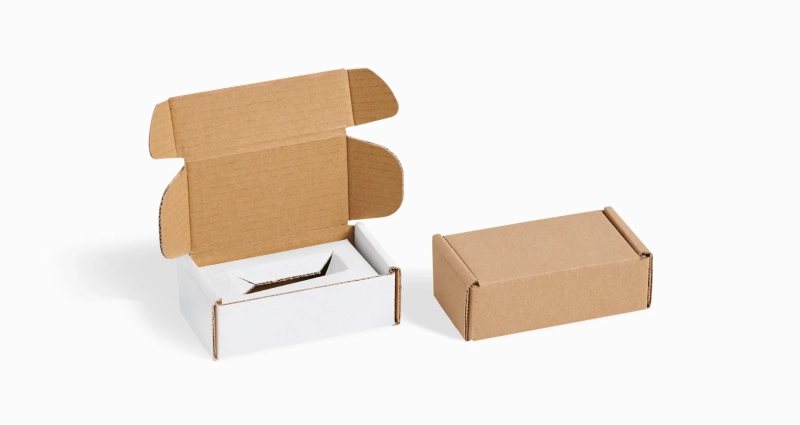Cereal boxes have been a staple in households around the world for over a century. Their evolution from simple packaging to intricate marketing tools highlights a fascinating journey in the food industry. Initially, cereal boxes served the primary purpose of preserving the freshness of the cereal. However, over time, they transformed into a medium for companies to communicate with their consumers, share nutritional information, and create brand loyalty.
Marketing Marvels
One of the most significant shifts in cereal box design came with the realization of their marketing potential. Companies began to invest heavily in creative designs, colorful illustrations, and engaging mascots. Characters like Tony the Tiger, Snap, Crackle, and Pop, and the Trix Rabbit became household names, not just for their respective cereals but for their strong brand associations. These mascots often conveyed the cereal’s qualities, such as taste and health benefits, making them memorable to children and adults alike.
Interactive Experiences
Cereal boxes also became interactive tools for engagement. In the mid-20th century, cereal manufacturers started including games, puzzles, and collectible toys inside the boxes. These additions turned the simple act of eating breakfast into an exciting experience, especially for children. Collecting and trading these toys became a popular activity, adding an element of fun to the daily routine.
Nutritional Information and Consumer Awareness
As consumer awareness about nutrition grew, cereal boxes adapted to include detailed nutritional information. This shift allowed consumers to make informed choices about their breakfast options. Labels began to prominently display calorie counts, ingredient lists, and information about vitamins and minerals. This transparency helped build trust between brands and consumers, emphasizing the importance of a healthy diet.
Sustainability Efforts
In recent years, the focus has shifted towards sustainability. With increasing environmental concerns, cereal companies are exploring eco-friendly packaging options. Biodegradable materials, recyclable boxes, and reduced plastic usage are becoming standard practices. These efforts not only appeal to environmentally conscious consumers but also contribute to the broader goal of reducing the carbon footprint of the food industry.
The Future of Cereal Boxes
The future of cereal boxes lies in further innovation and adaptation. As technology advances, we can expect to see smart packaging that interacts with smartphones, providing additional content such as recipes, nutritional tips, and augmented reality experiences. Additionally, the trend towards personalization might lead to custom cereal boxes tailored to individual preferences and dietary needs.
Conclusion
From their inception as simple containers to their current role as multifaceted marketing and educational tools, cereal boxes have come a long way. They continue to evolve, reflecting changes in consumer behavior, technological advancements, and environmental considerations. As we look to the future, it’s clear that cereal boxes will remain an essential part of the breakfast experience, continually adapting to meet the needs and preferences of consumers worldwide.


